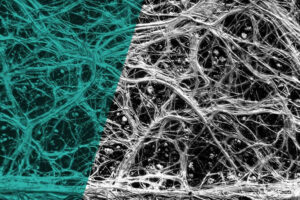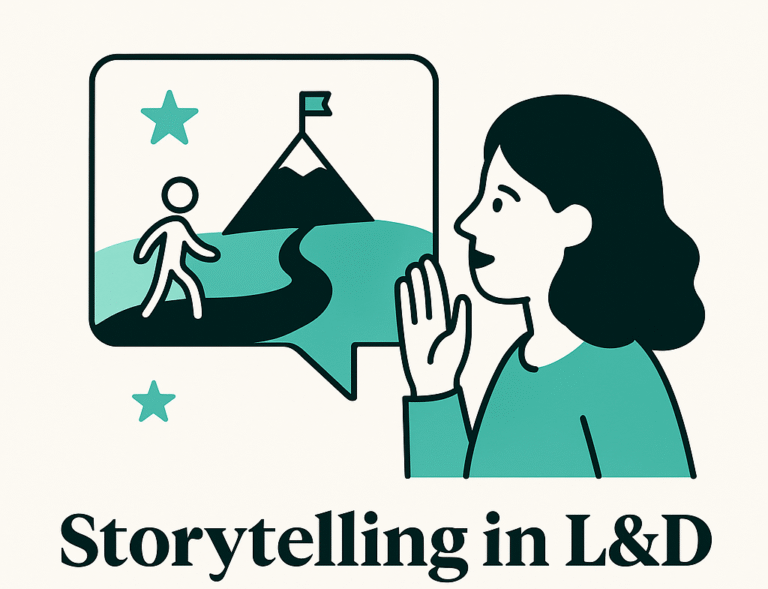The global pandemic has caused huge changes to the working lives of millions of people. More than 40% of Americans have changed jobs, and reskilling and upskilling continues to be critical. Learning to perform new roles and new skills is as important as ever for both organizations and individuals to remain competitive.
A question that organizations have always faced is knowing where to spend their money when it comes to training their staff. While this is a constant challenge, the shifting sands of an unstable economy increases the need to upskill staff quickly in new roles and in new fields of work. In our five workplace disruptors ebook we recently explained that whereas previously, experience was king in the workplace, today’s organizations must prioritize adaptability.

Tap into subject matter experts and existing knowledge
Creating new formal learning content is time consuming; so time consuming in fact that we risk content being out of date by the time it’s developed and ready for our learners. The majority of our training delivery is far too rigid and slow. Content creation is bottlenecked by individuals who have too much content to produce in too short a timeframe. We need to think about supporting learners and delivering training content in different ways to help our L&D teams.
We know that people learn far more at work than what’s available on their learning platforms or through formal training events. Organizations have long been exposed to the 70:20:10 model that supports the idea that people learn from many sources such as from their peers and actively on the job. To help us solve our daily challenges at work, what we regard as training content is changing.
With access to so much information on the internet, almost anything that can be deemed as useful to help people improve their job performance. YouTube videos, articles and podcasts can all now reasonably be considered to be training content. Content could now be redefined as anything that helps us to solve real life problems. What we need our educational tools to do is to help our teams rapidly share, and curate this readily available content.
Put simply, to help our teams upskill we can give them the tools to connect different subject matter experts and information sources across the business.
“In a knowledge economy, the flow of information is the equivalent of the oil pipe in an industrial economy.”
Sharing knowledge effectively is just as important, if not more important than having formal training courses and events set up. Our educational tools need to help our teams easily share the specialized knowledge that sits within each department.
Focus on a social learning systems
Let’s borrow from botany to help us think in a new way. In a garden it’s the flowers that immediately catch our eye. Let’s say the flowers are our formal e-learning courses, programs and certifications as well as our training events. We put a lot of work into creating them and ensuring learners are drawn to them. The problem is, they can be very time consuming to cultivate.
Rather than focusing above ground, it’s what’s below the surface that will help us think about learning in a new way. Let’s instead think of the root system. Roots, or rhizomes, have no defined boundary and can spread and grow quickly. It is by thinking about this root system that we can begin to ensure our teams are able to better share knowledge across the organization. Rhizomatic learning is a form of social learning where knowledge is shared through engagement in networks.
In a rhizomatic model of learning it is the individuals across the organization that help to create the learning curriculum; the community is the curriculum. Rather than creating a fully formed course, one expert could add an article or short video for the team to learn from. Another member of the team can then comment on this and add a different resource that everyone else in the team can also learn from. This can all happen at speed and technology helps us to remove common barriers such as geographical boundaries and even language. Like a root system information spreads and there are few boundaries or barriers placed on how, and what we learn. It doesn’t need to be beautiful; it just needs to be available and easy to access quickly — easily done with an LXP or social learning LMS.
Encourage rhizomatic and social learning with Totara Engage
In Totara Engage, individuals can add resources taken from anywhere on the internet or create their own learning resources. Users can then curate playlists of resources, including links to courses from Totara Learn, focused around a specific topic. By collaborating in workspaces and sharing ideas teams can develop rapidly. In Totara Engage users can:
- Learn as a community by allowing everyone to publish user-generated content
- Allow subject matter experts to directly publish new content
- Alert everyone in the organization to new information through public workspaces
- Create bite-sized resources to help solve problems at the point of need
- Create workspaces to allow peer-to-peer interaction and social learning
- Curate playlists of specialized knowledge
The potential to couple structured, formal training with informal, crowd-sourced resources means your teams can share information faster than ever before and adapt to the changing needs of your organization.






